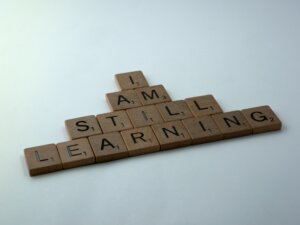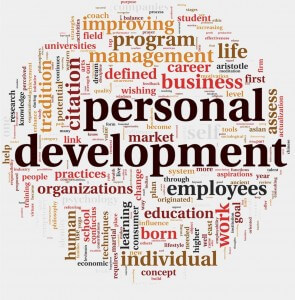As I often get my inspiration from networking with other training professionals, I ran across a response to a question posted on LinkedIn. This question comes up for time to time, and it’s a good question: What is the difference between a good trainer and a great trainer? I found Avinash Naidu’s answer to be exactly what I was looking for so I rushed out and asked him if I could use his response.
Of course I didn’t fly all the way to Bangalore, India. I used e-mail, and he graciously gave me permission.
Avinash Naidu’s institution, Maarga Life Foundation, a premiere life skills institute in India, is transforming the lives of people by teaching them key skills that is helping them lead successful and happy lives. As you are reading this, he is out there solving emotional problems of people, mentoring, coaching and conducting training programs for corporations.

“There is very little to debate on while deciding between a good and a bad trainer (in the context of training). The problem arises when we have to choose between a good and a great trainer. Anybody who is passionate about training can deliver a good program, but only a selected few can combine passion, intelligence, commitment, and cutting-edge skills to deliver programs of lasting value.
“Here is a common misconception while judging the value of a training program. If the trainer is able to engage the attendees throughout the session, and is able to create a wow factor by the end of the program, he/she is usually considered to be a great trainer. But, nothing can be further from the truth. A training program’s real worth can only be judged based on the lasting value it is able to create. Almost all trainers, with a little effort, would be able to create that wow factor. Most companies fall into the trap of believing that an engaging program is a great program. I believe that if engagement is the most important criteria, then attendees are better off watching a meaningful two-hour movie than attending a day long training program! Great trainers have the ability to move beyond engagement levels to create programs of lasting value.
“Here is one way of delivering an outstanding program of lasting value. Firstly, even before starting the subject of discussion, powerful learning states have to be created by getting the attendees on to thinking, analyzing, learning and interpreting mode. This is absolutely necessary to move the attendees from a judgmental mode to an accepting mode. Secondly, the golden rule of communication has to be followed –that is, if you want to influence somebody, you already have to know what influences them.
“First few hours of the training program should be dedicated to understand more about the attendee’s interests, aspirations, beliefs and influencing factors. Once the basic rapport has been established, important ideas have to be conveyed and the attendees should be allowed to present their interpretations. This process has to be followed to convey all new ideas – build rapport, present the idea, accept the interpretations. Finally, the trainer should use this entire process to create strong, unforgettable mental images that the attendees can hold on to long after the training program has ended. The ability to artfully do this differentiates an ordinary trainer from an extraordinary one.”
—
For more resources about training, see the Training library.
If you would like more information on Avanish Naidu or his Foundation, click here.
As for Jack Shaw, his training blogs can be found on this site, and related blogs on other topics through his Actingsmarts website under What I Say. For a look at the human side of training from his Cave Man perspective, please check out his book, The Cave Man Guide to Training and Development. Happy training.
 Sections of this topic
Sections of this topic
















